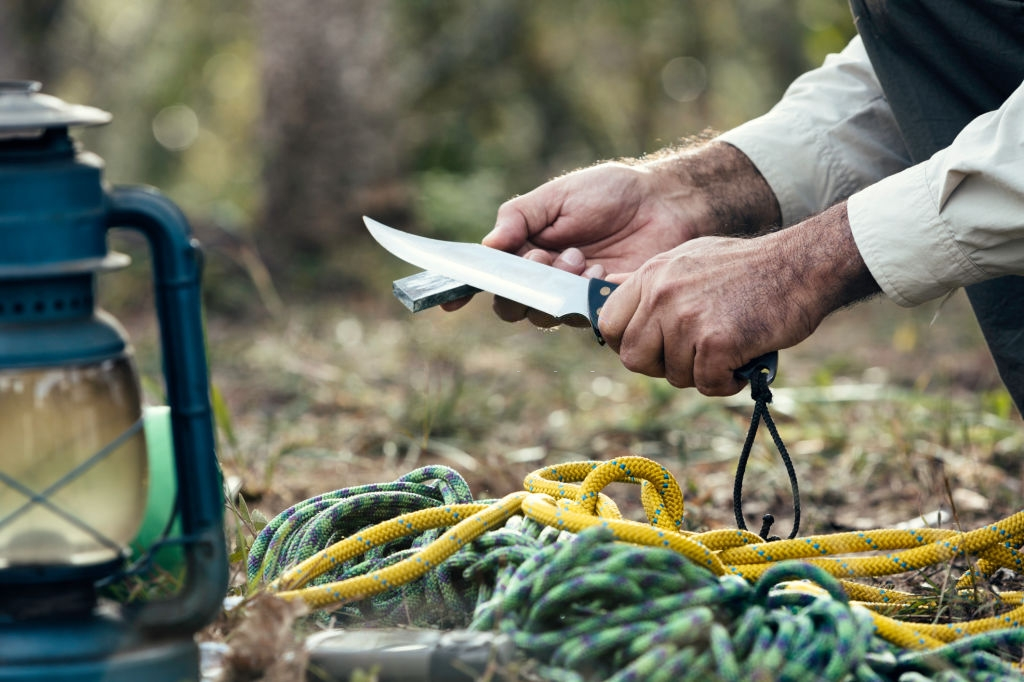Our Top Tips on Preserving Food in Survival Situations
Whether it’s a potentially deadly virus outbreak or the Zombie Apocalypse, you might as well give up all hope if your larder is bare. Call yourself a prepper? Where’s your prep, your planning for every eventuality, your means of survival? When – not if, that’s long gone, the SHTF, it’s going to be the tough-love version of survival of the fittest, and if you’ve missed food off your to-do list, you’re done.
The very definition of prepping is having a fully stocked larder ready to supply your every dietary desire for several months, if not longer. Meat can be hunted, preserved with salt, smoked, dried or frozen, and veggies canned or bottled, dried, or vacuum-sealed – there are numerous methods to successfully build a preserved food store. But whichever method you choose, make plenty, fill that old larder to the beams – after all, it’s not going to spoil if you’ve done your homework, is it?
Preservation Methods
Drying or dehydrating
Drying foods is an excellent way of preserving them, and with a decent dehydrator, it suddenly becomes easy. By extracting any moisture, the growth of microorganisms is inhibited, and food can be stored indefinitely. It has the added advantage of reducing the size of the food to around 1/15 of the original, making storage simple. Perfect for meat and fish, fruits, and vegetables, which, if done correctly, retain all the vitamins and minerals present in their natural form.
Once dried, the food must be kept free of moisture and a high-quality vacuum sealer is the ideal tool for this. Sealing the dehydrated food, or in fact, any food preserves it still further by eliminating oxygen. As with dehydrating, vacuum sealing reduces the amount of space needed to store any food. As an aside, vacuum sealing is a great way of keeping vital documents, items of jewelry, and other important things safe and free from moisture damage. This can be useful if you’re traveling or camping.
Canning or jarring
Canning uses heat as a method of preservation, and although cans can be used, we find that Mason jars are just as effective at storing the food, and far easier to use; however, the results of both take up far more storage room than the dehydration method. Great for preserving food in the form of jellies, jams, and sauces, there may be some experimentation necessary in order to find the flavors that you like.
In order to can, you’ll need:
- A pot, or pressure canner, that’s large enough to cover the jars in boiling water
- A canning rack to fit the pot. This holds the cans off the base of the pot, minimizing the risk of breaking as they heat up. We found a rolled-up tea towel just as effective
- Mason jars, or something similar that has seal rings and ringed lids
- Something to lift the hot jars out of the water with. We find some decent string tied securely around the top and hung over the side of the pot an effective method of removal
There are two methods of food preparation in order to can successfully. The first involves chopping and simmering the food in either water, brine or syrup for 2-3 minutes, the food before adding it to the prewarmed jar, filling to within approximately ½ of the top. Seal the lid tightly, which forms a vacuum. With the second method, chop the food, pack into the jar. Bring your canning liquid to the boil, and pour into the jar, covering the food.
With both methods, you now need to fill the canning pot with water, with the rack and the cans inside. Ensure the water covers the jars by about 1 inch, and bring to the boil, keeping it going for about 10 minutes.
Carefully remove the cans from the pot, allow to cool, and label with the date and contents, and there you go – perfectly preserved food, which can be kept for up to 5 years, and in some cases, even longer.
Everyone has their preferred methods for preserving food, depending on circumstances, but we find that these cover most food products, allowing you to have a varied, healthy diet.
This video contains more ideas for your prepper’s pantry:





